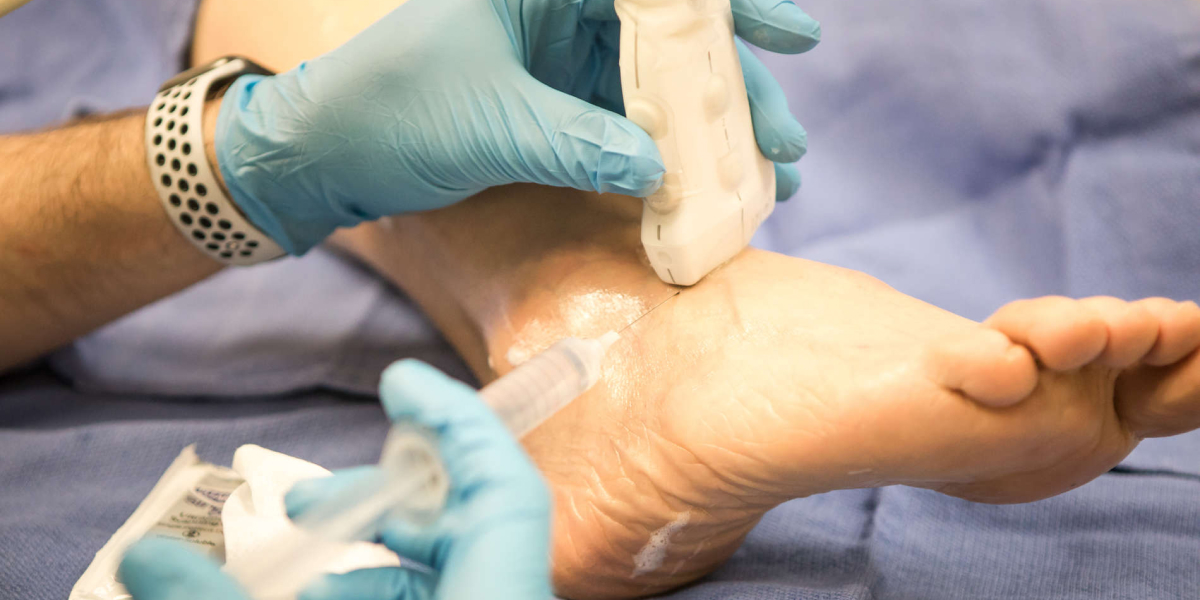Prior to undergoing orthopedic surgery, patients undergo a comprehensive medical evaluation to assess their overall health status and identify any potential risk factors or contraindications. Pre-operative preparations may include:
- Medical Evaluation: This may involve laboratory tests, imaging studies, and consultations with specialists to evaluate cardiac, pulmonary, and other medical conditions that may impact the surgical outcome.
- Pre-operative Instructions: Patients receive detailed instructions regarding fasting, medication management, and pre-operative hygiene to minimize the risk of complications and optimize surgical outcomes.
- Lifestyle Adjustments: Smoking cessation, weight management, and optimization of nutritional status may be recommended to reduce the risk of surgical complications and enhance post-operative recovery.
Surgical Procedure Overview
Orthopedic surgeries are typically performed in a hospital or ambulatory surgical center under either general anesthesia, regional anesthesia, or local anesthesia, depending on the nature and complexity of the procedure. The surgical process involves several key steps:
- Anesthesia Options: Anesthesia is administered to ensure patient comfort and safety during the procedure. General anesthesia induces a state of unconsciousness, while regional anesthesia numbs specific regions of the body, and local anesthesia blocks sensation in a localized area.
- Incision and Access: Once the patient is properly anesthetized, the surgeon makes an incision at the surgical site to access the underlying structures. The size and location of the incision vary depending on the procedure being performed.
- Procedure Specifics: The surgeon performs the necessary steps to address the underlying musculoskeletal problem, whether it involves repairing a torn ligament, realigning a fractured bone, or replacing a damaged joint. Specialized instruments and techniques are used to ensure precision and optimal outcomes.

Recovery Process
Following orthopedic surgery, patients undergo a period of recovery and rehabilitation to restore function, minimize pain, and prevent complications. The duration and intensity of the recovery process vary depending on the type and complexity of the procedure performed. Key aspects of the recovery process include:
- Hospital Stay Duration: Some orthopedic procedures may require an overnight hospital stay for monitoring and pain management, while others may be performed on an outpatient basis, allowing patients to return home on the same day.
- Pain Management: Effective pain management is essential for promoting comfort and facilitating early mobilization. This may involve the use of oral medications, intravenous analgesics, nerve blocks, or patient-controlled analgesia (PCA) devices.
- Rehabilitation Exercises: Physical therapy and rehabilitation play a crucial role in restoring strength, flexibility, and range of motion following orthopedic surgery. Patients work closely with physical therapists to develop personalized exercise programs tailored to their specific needs and goals.
Potential Complications
While orthopedic procedures are generally safe and effective, certain risks and complications may arise, including:
- Infection: Surgical site infections can occur following orthopedic procedures, particularly in the presence of risk factors such as diabetes, obesity, or immunosuppression.
- Blood Clots: Deep vein thrombosis (DVT) and pulmonary embolism (PE) are potential complications associated with orthopedic surgery, particularly joint replacement procedures.
- Nerve Damage: Injury to nerves during surgery can result in sensory disturbances, weakness, or paralysis in the affected limb or area.
Post-Surgery Care
Following discharge from the hospital, patients continue their recovery journey at home, under the guidance of their orthopedic surgeon and rehabilitation team. Key components of post-surgery care include:
- Follow-up Appointments: Patients are scheduled for regular follow-up appointments to monitor their progress, address any concerns or complications, and adjust their treatment plan as needed.
- Physical Therapy Continuation: Rehabilitation exercises and physical therapy sessions continue on an outpatient basis, focusing on gradually increasing strength, mobility, and function.
- Lifestyle Modifications: Patients may be advised to make certain lifestyle modifications, such as avoiding high-impact activities, maintaining a healthy weight, and practicing proper body mechanics to protect the surgical site and prevent reinjury.
Benefits of Orthopedic Procedures
Orthopedic procedures offer numerous benefits for individuals suffering from musculoskeletal conditions, including:
- Pain Relief: By addressing the underlying cause of pain and dysfunction, orthopedic procedures can provide significant relief from symptoms, improving overall quality of life.
- Improved Mobility: Surgical interventions such as joint replacement or soft tissue repair can restore mobility and function, allowing patients to engage in activities of daily living with greater ease and comfort.
- Enhanced Quality of Life: By restoring musculoskeletal health and function, orthopedic procedures enable patients to enjoy a higher quality of life, free from the limitations imposed by pain and disability.
Costs and Insurance Coverage
The cost of orthopedic procedures can vary widely depending on factors such as the type of surgery, the complexity of the case, and the geographic location. Insurance coverage for orthopedic procedures also varies depending on the type of insurance plan and specific policy terms. Patients are encouraged to consult with their insurance provider to understand their coverage options and financial responsibilities. Additionally, various financing options may be available to help offset the cost of orthopedic care, including payment plans, medical loans, and health savings accounts (HSAs).
